All about rowan

Gardeners who do not know everything about mountain ash lose a lot. It is very useful to understand how the trees and bushes of rowan look like, how it blooms, what is its root system. You should also consider the features of care and reproduction, learn about diseases and pests.
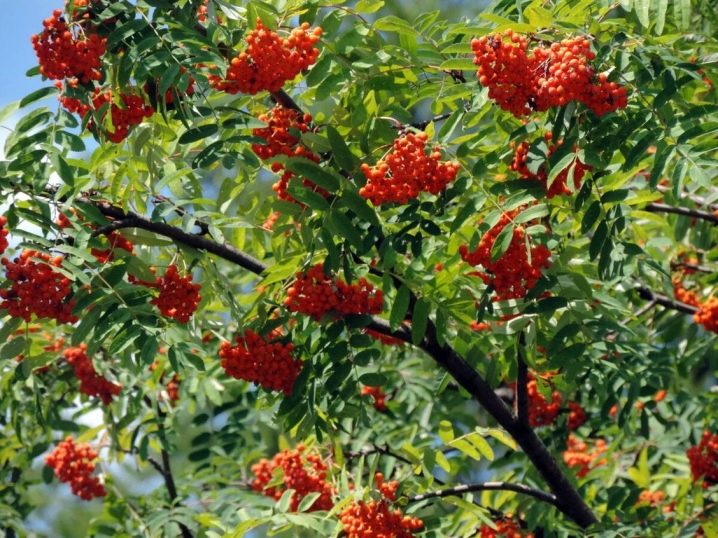
general description
Rowan can have different life forms - both a tree and a shrub - depending on the species, variety and cultivation conditions. It is curious that the mountain ash belongs to the tribe of the Apple family of the Rose family, and its close botanical relatives are:
-
irga;
-
hawthorn;
-
cotoneaster;
-
Apple tree;
-
pear;
-
the Rose;
-
rose hip;
-
spirea;
-
raspberries;
-
Cherry;
-
kumanika;
-
blackberry;
-
almond.
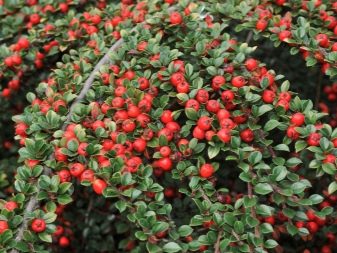
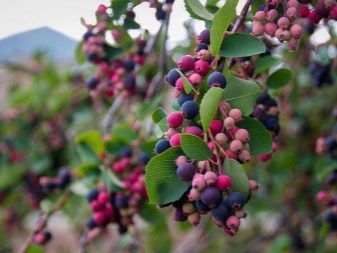
Felt-fluffy buds are a characteristic feature of mountain ash. Large leaves have an odd-pinnate structure. Rowan blooms profusely, forming white flowers well known even to non-specialists. They are grouped into dense inflorescences that look like a scutellum. Inside the flowers, a developed perianth is found, which includes the calyx and corolla.
Basically, rowan still grows like a tree and looks accordingly. Its typical height is 5 to 10 m. The trunk then develops perfectly straight. The condensed crown is visually similar, rather, to an egg.
Shrub varieties are clearly different from woody specimens, they have a rather lush top. Another important feature of mountain ash bushes is openwork carved foliage. In autumn, it blushes expressively, which creates a stunning effect that allows the plant to never go out of style.
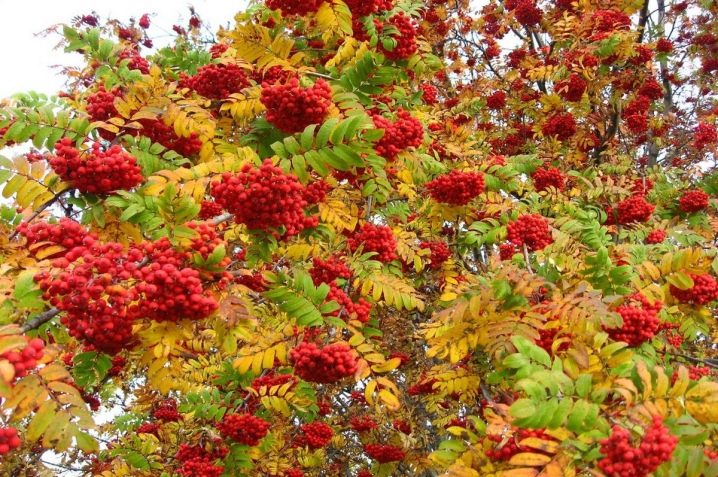
The large, fragrant buds look impressive for a long time, but they are especially smart in the spring. Usually mountain ash lives for 50-80 years. However, there are cases when it was more than 2 times higher than this indicator and remained viable for up to 200 years.
The timing of flowering can greatly depend on the specifics of a particular species. Of course, the weather situation is also very active. The plant is extremely sensitive to frost, and if it threw out flowers, it means that they are practically excluded - this is the evolutionary mechanism developed over millions of years. The mountain ash itself, however, suffers little from the spring cold. It is also worth noting that it mostly blooms in late May or early summer.
With rapid weather changes and general favorable conditions, you can see the autumn flowering of mountain ash.

Its root system belongs to the surface-anchor or surface-comb type. In annual seedlings, along with tap roots, a number of lateral roots are often formed. They will be at a depth of at least 5 and not more than 30 cm. When branching, the roots on the sides form a large number of small fibrous roots.
The mountain ash lives longest in the mountains. In the first 20 years, this plant is actively developing. Later, the growth rate decreases rapidly, and quite quickly it drops to zero. The branches are either spaced from the trunk, or oriented in a diagonal plane with respect to it.
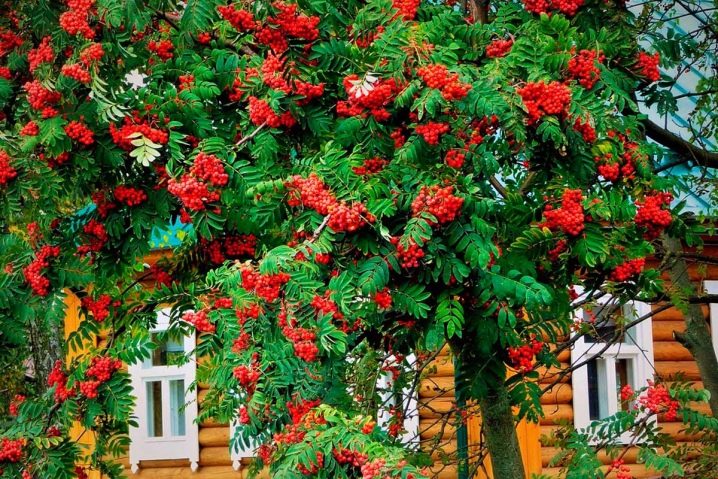
Views
Elderberry
This culture is of interest both for its decorative properties and for its consumer characteristics. You can meet such a plant in the continental and insular regions of the Far East, as well as on the Japanese islands. Elderberry mountain ash can form isolated thickets. But it is also found in the undergrowth of various forests.
The shade-tolerant species is best combined with clusters of stone birch, in other wooded areas it grows unstably.
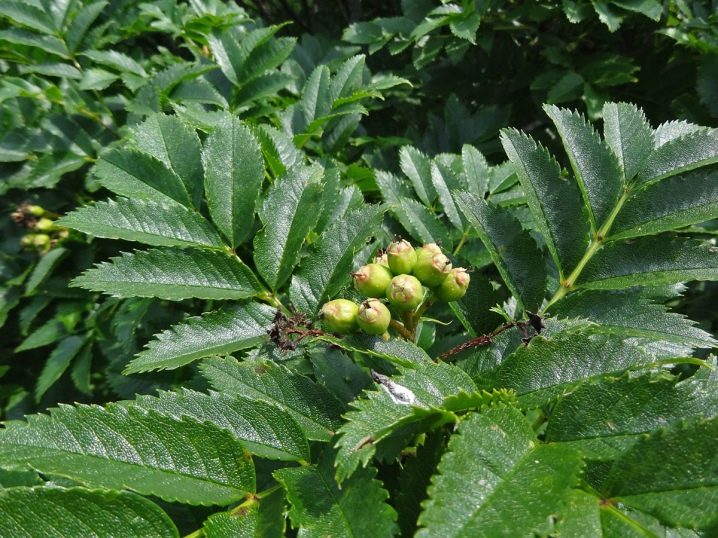
Botanical features:
-
shrub height up to 2.5 m;
-
rare crown;
-
weak resistance to gas pollution;
-
dark brown shoots with a clearly visible bluish bloom;
-
average sheet size;
-
reaching maturity in the 4th year of development;
-
large fruits;
-
sun-loving character.
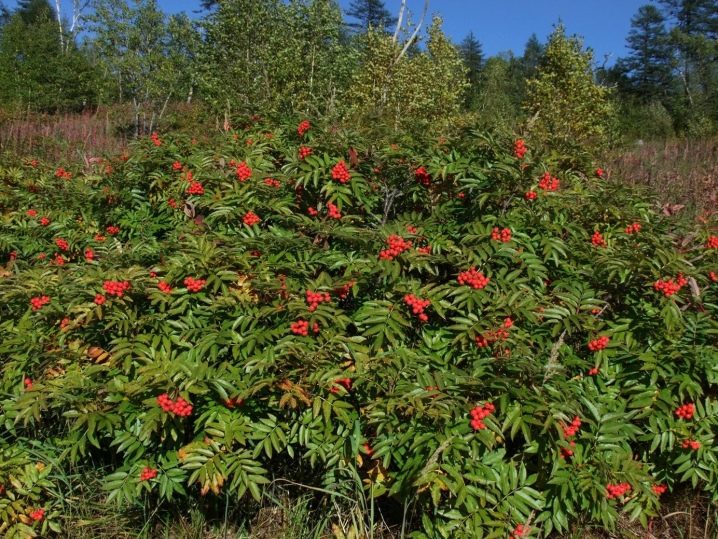
Glogovina
This type of mountain ash can grow up to 25 m.However, in most cases, the plant height does not exceed 12 m.The foliage has a length of up to 0.18 m and a width of up to 0.1 m. Other nuances:
-
the bark on young trees is olive, with aging it acquires a dark gray color;
-
spherical or egg-like fruits;
-
natural area - northern Africa, the Caucasian territory and western regions of Asia, as well as the most favorable climatic regions of Europe;
-
thin slender trunks, dotted with deep grooves;
-
superficial fibrous root system.
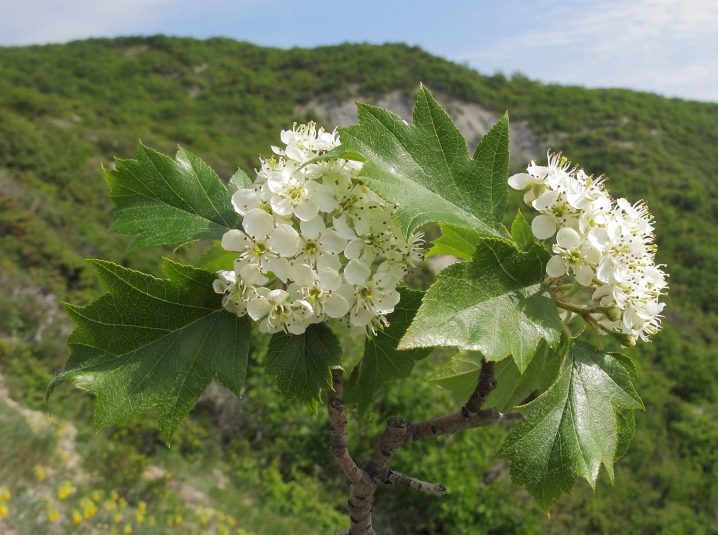
Home
This mountain ash is also known as garden, large-fruited and Crimean; like the previous species, it is found in Africa (in the Atlas Mountains), in the Crimea. Basically, the height reaches 15 m. Sometimes 20-meter specimens are found. The compact crown is visually similar to a ball. Leaves of complex structure reach a length of 10-15 cm.
Flowers in cross section are 1.4-1.5 cm maximum. They have white petals. Flowering occurs at the junction of April and May. This culture is an excellent honey plant. The harvest ripens from about mid-September, and this process stretches until the second half of October inclusive.
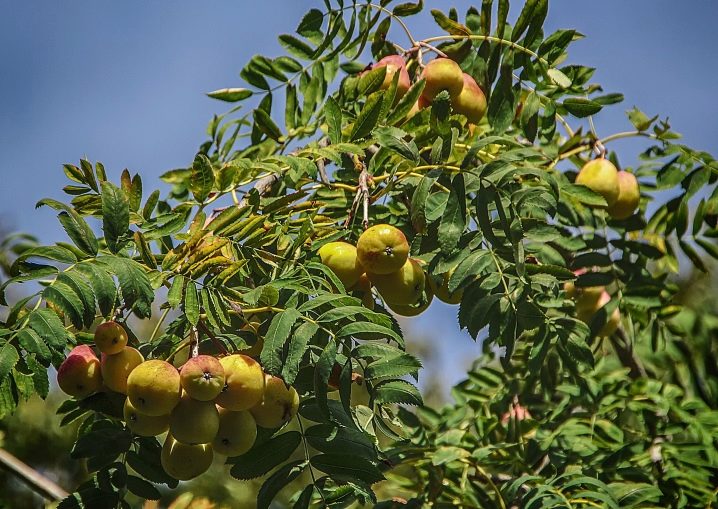
Round-leaved
This form of mountain ash stands out for its very large size. Celebrate its outstanding decorative value. In the woody version, it grows up to 16 m, in the bush version - up to a maximum of 3 m. Basically, such a light-loving plant grows singly, develops best on calcareous soils. In the autumn months, the foliage lasts for a very long time.
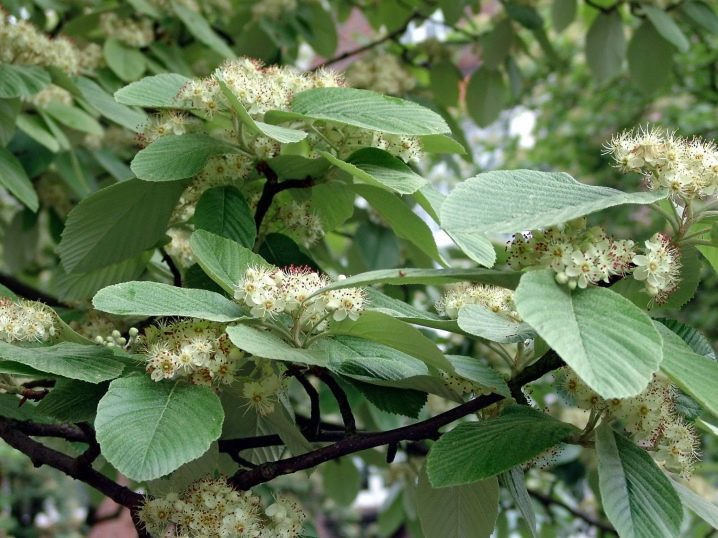
Hybrid
It is also called the Finnish mountain ash. It is a tree growing up to 10 m. Features:
-
leaves 10 cm wide and 15 cm long;
-
profuse flowering in June;
-
fast growth;
-
light-loving character;
-
frost resistance;
-
resistance to drought and pollution of the atmosphere;
-
growth of branches from the very bottom.
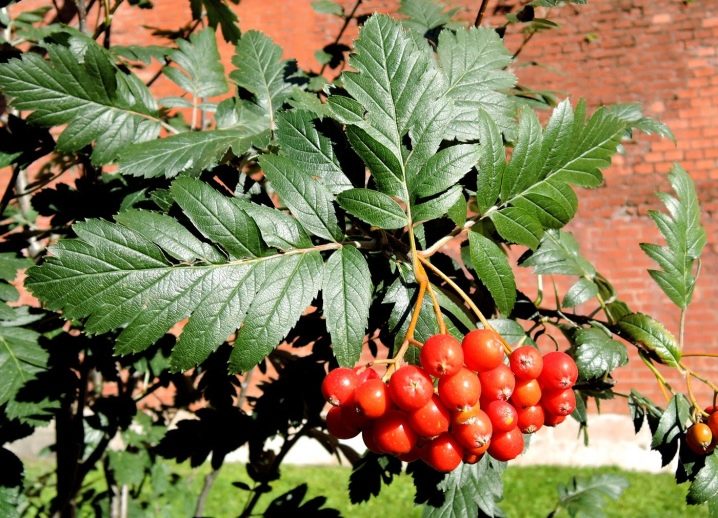
Ordinary
This name is known for a tree (occasionally a shrub) up to 20 m high. The plant is characterized by pubescence of young branches. White flowers reach a section of 0.8-1.5 cm. They are grouped at the tops of the branches. The fruits are similar in shape to a ball or an oval, they reach ripeness in August and September.
The variety Vefed was obtained by specialists from the Michurin Research Institute. It is characterized by:
-
average ripening times;
-
excellent winter hardiness;
-
complex leaf structure;
-
suitability for growing in a wide variety of areas;
-
productivity up to 172 centners per 1 ha.
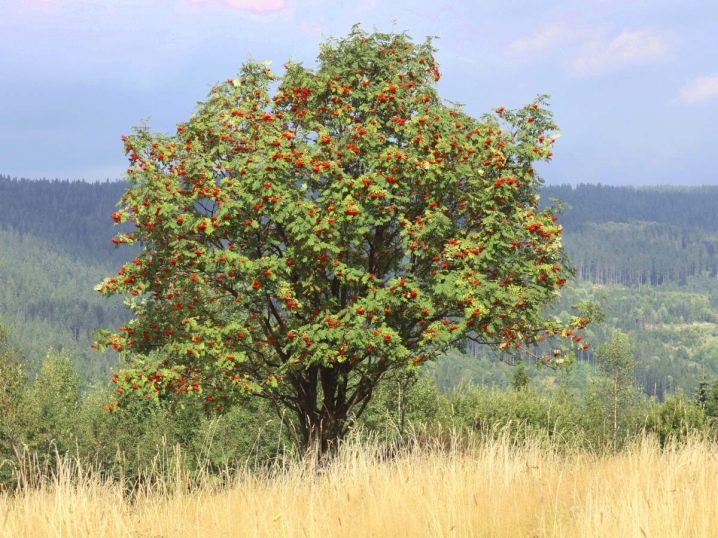
Rowan Magnifica is also known as round-leaved or mealy; this slender tree reaches a height of 10 m. At first, the crown of such a tree has the shape of a sphere, and then it will look like an egg or an oval. The bark is distinguished by a reddish-brown or light brown color, it is invariably smooth. White-tomentose young shoots are well pubescent. Growth is very slow, the shedding of leaves begins later than that of ordinary mountain ash.
Within the framework of the most common, the Alai large variety stands out, which forms a rounded spreading crown. On a sun-loving plant, multi-colored foliage appears. This variety has both dining and technical purposes. The plant is suitable for the level of winter hardiness for the northwest region. Flowering occurs at the very end of spring or early summer, the harvest is stored for up to 7 months.
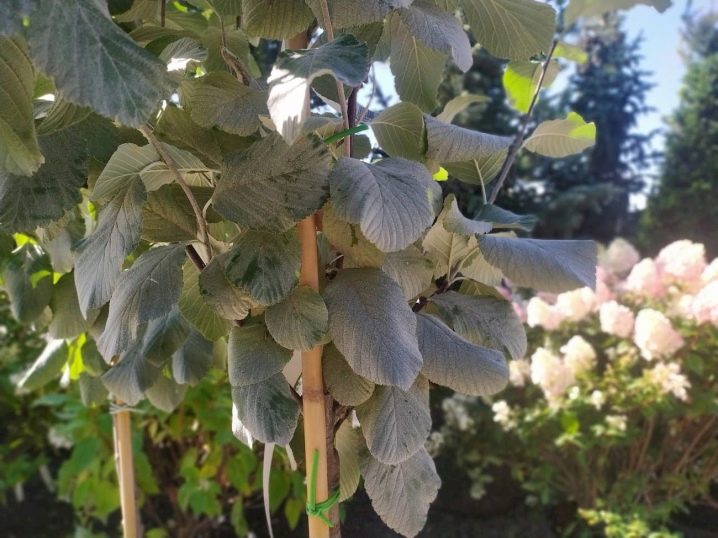
The variety Dessertnaya Michurina has been known for a very long time; it is distinguished by foliage of a simple green color... The plant was bred by Michurin himself, and the work was completed by 1926. A wide crown is located in adult specimens at a height of 2-3 m. Slight growth increases the winter hardiness of the culture.The brown bark has gray inclusions.
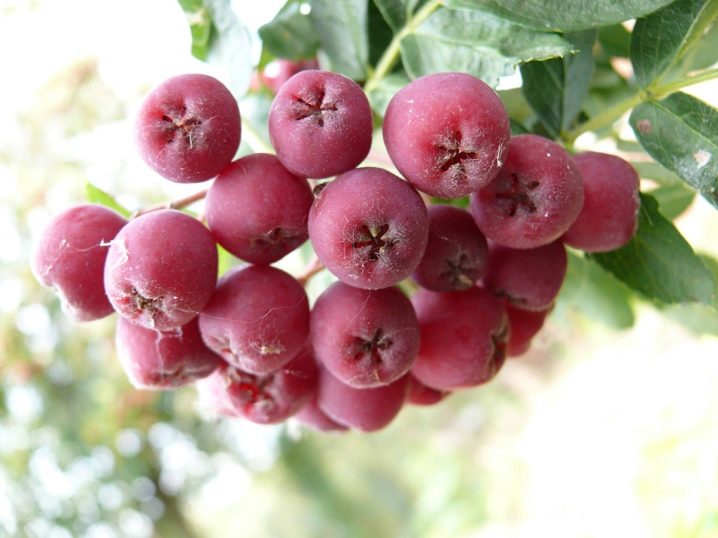
Globozum type is an ordinary mountain ash grafted on a trunk. It has excellent decorative properties. Large yellow fruits are collected in solid groups. A similar plant is used in single or group plantings. External attractiveness persists throughout the growing season.

Rowan mixed - It is a deciduous plant with a circle or cone-shaped crown. The gray-brown branches grow straight and are not very thick. The feathery leathery leaves are colored green and have an expressive gloss. In autumn, foliage looks especially beautiful. The root system is relatively poorly developed.
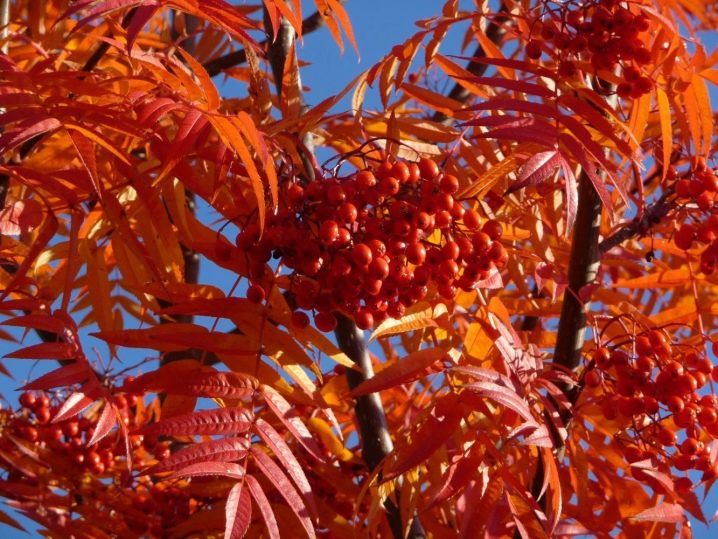
The sweetest mountain ash is Nevezhinskaya; its fruits are very tart. Such a plant creates problems - the crop crumbles heavily. This type grows up to 30 years, sometimes more. The berries are larger than those of the common species. The bark is much darker.
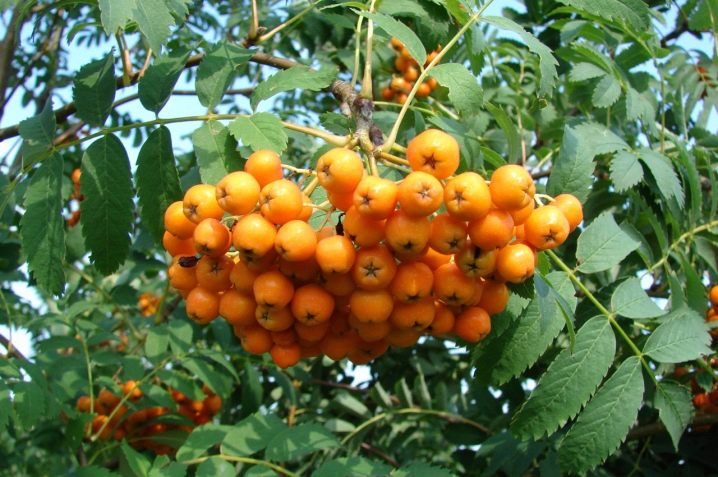
Red or otherwise red-fruited mountain ash is represented by a number of varieties. Among them, the ruby variety stands out favorably. This is a hybrid of the classic rowan and pear. Its fruits are distinguished by expressive bitterness. Important Features:
-
height no more than 3 m;
-
round, slightly flattened fruits;
-
sweet and sour taste;
-
ripening in late September or early October;
-
the ability to grow and bear fruit even in harsh conditions.
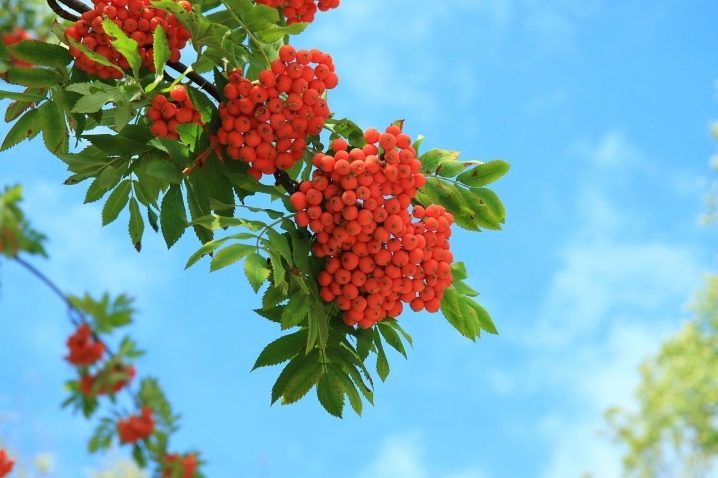
Dwarf mountain ash gives yields up to 60 kg per season. Its fruits are like turnips. The berries are moderately tart, have a sweet-sour taste. Elderberry mountain ash can also be considered dwarf. The broadleaf variety is different:
-
height 12-20 m;
-
conical crown;
-
simple foliage 5-10 cm long;
-
large fruits with a cross section of up to 1.5 cm;
-
flowers of white color;
-
average growth rate;
-
light-requiring and the ability to tolerate weak shading.
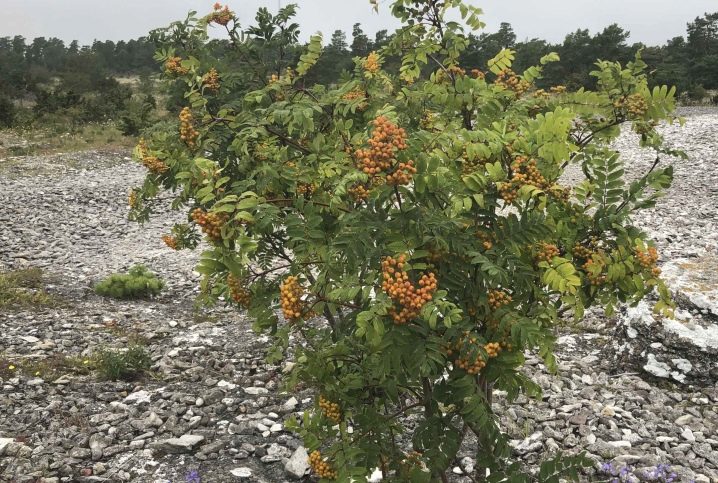
Landing
Planting rowan correctly means, first of all, taking into account the height of a particular culture. You cannot choose places where it will create inconvenience for other plants or will experience problems itself. It is better to give preference to the borders of the plots, where the view of rowan bushes and trees will be optimal.
If possible, seedlings should be used only in the spring, before the juices begin to move. A well-developed root system reaches 20-30 cm in length and has a number of branches.
A gap of 4-6 m should be maintained from rowan to other plants.The depth of the hole is 0.6-0.8 m. Before planting, it is recommended to moisten the soil and mix with the mixture:
-
peat compost;
-
superphosphate;
-
swollen manure;
-
wood ash.
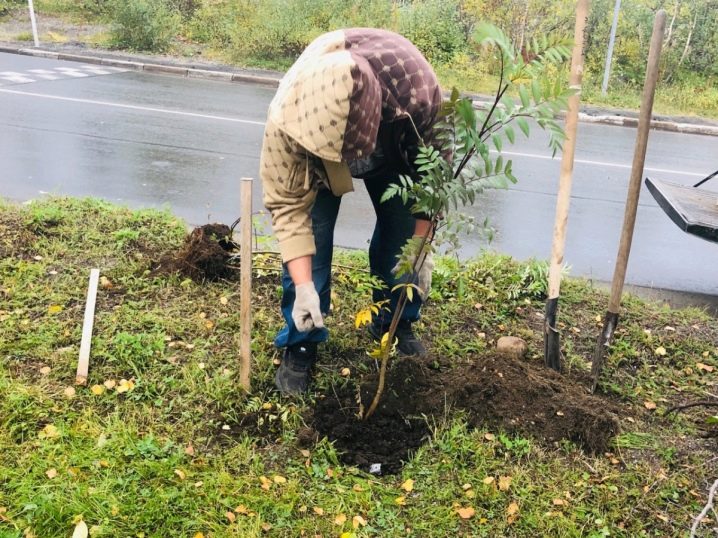
Care
Growing mountain ash on the site implies competent care of it in the fall.
- In dry seasons, regular watering is relevant. For small plants, 20 liters of water are used, for large plants - 30 liters each. The bushes should be irrigated along the furrows. Water the crop immediately after the soil is dry.
- Provided that the planting is correct, top dressing will not be required in the first 2 years. However, then, as the primary backlog is exhausted, it will be necessary to use phosphorus and potassium mixtures every 3-4 years.
- In the fall, pruning is very necessary. It is carried out 1 or 2 times a year, guided by the growth of a tree (or bush).
So that the mountain ash does not suffer in winter, it is mulched with dry foliage or spruce paws, creating a layer up to 10 cm.
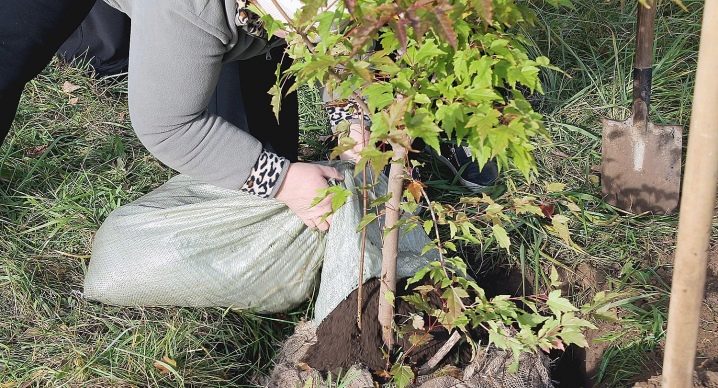
Reproduction
It is quite acceptable to use a graft for the cultivation of mountain ash. However, there are a number of rules that must be followed to be successful.
- First of all, you can plant mountain ash with a decent effect if the scion and stock have common ancestors. Violation of this rule threatens the rejection of plant tissue.
- The cuttings should clearly protrude above the cleavage line.
- The graft and rootstock should be shaded thoroughly in the first weeks.
Decontamination should also be taken seriously.
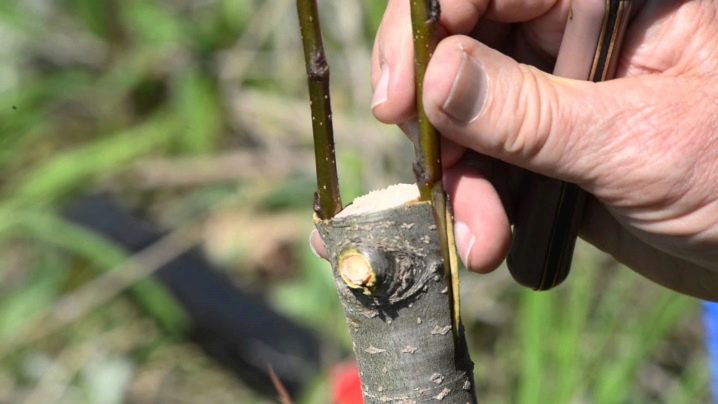
Seed cultivation of mountain ash is much easier than grafting, and is available even for inexperienced gardeners:
- planting material is harvested in late autumn;
- the seeds are washed under running water and dried thoroughly, and then stored until spring in the sand at a temperature of about +5 degrees;
- the grooves are made 8 cm deep, the seeds are spread evenly over them, and then sprinkled with a thin layer of wet sand.
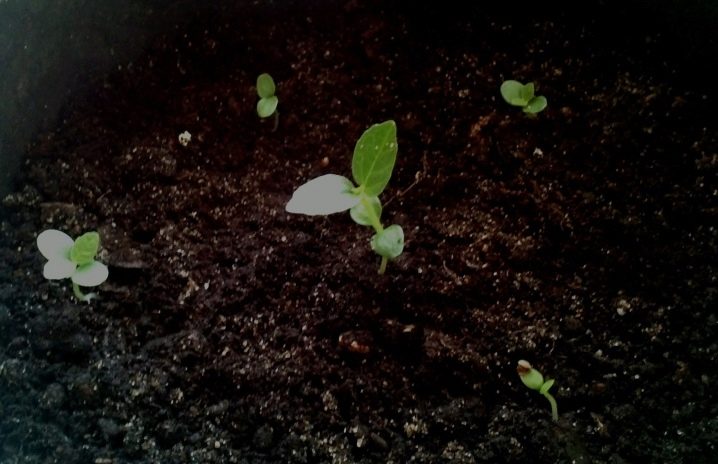
Diseases and pests
Rowan has a very high immunity... Significant problems are noted only in some years. A particular risk is associated with attacks by the mountain ash moth, which sometimes damages 20% of the crop or more. ...The period of activity of the pest is about a month.
Another host of this insect is the apple tree.
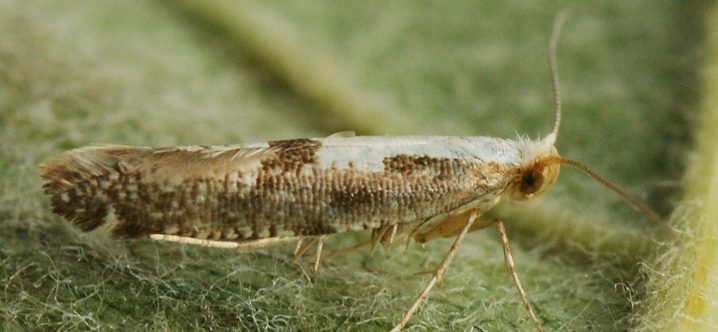
Also, threats can be considered:
-
anthracnose;
-
a wide range of rot;
-
powdery mildew;
-
viral mosaic;
-
scab;
-
cytosporosis;
-
mites of 2 different types;
-
mountain ash aphid;
-
brown mountain ash and large aspen sawfly;
-
baby moth.
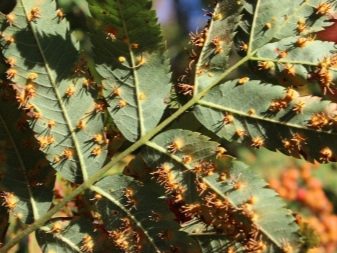

Use in landscape design
Rowan is a very good tapeworm... This solo planting is appropriate on simple grassy lawns and lawns. The more free space, the higher such a plant can grow, and the more impressive it looks. Originality is easy to achieve by planting shrubs or trees with a non-standard crown appearance.
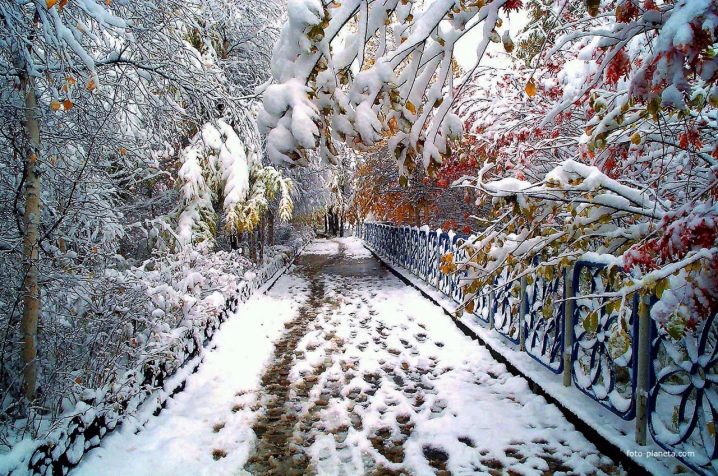
Rowan combines well in dense groups, including alleys, hedges and other linear forms. In this case, it is possible to protect the site from the piercing wind.
Even with strong gusts, mountain ash bushes usually survive well. Linden trees, maples and other woody plants can be planted nearby. Landscape compositions based on mountain ash can also be created without any problems. It can also become an excellent background for barberry and spirea; emphasizes the compatibility with linden and oak, with fir and spruce.
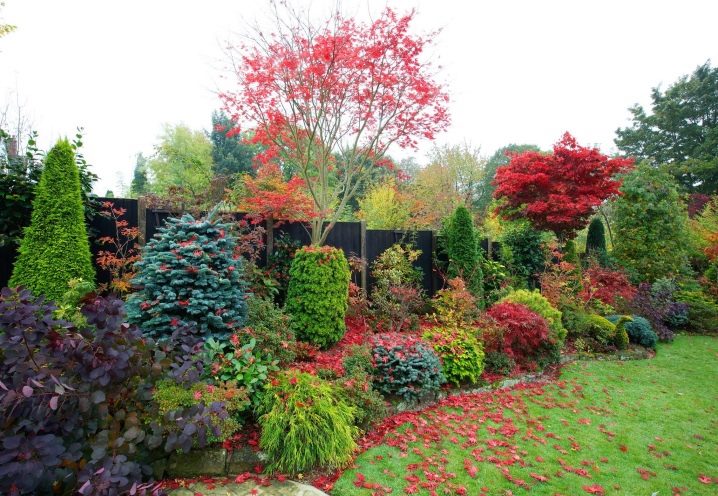



































































The comment was sent successfully.